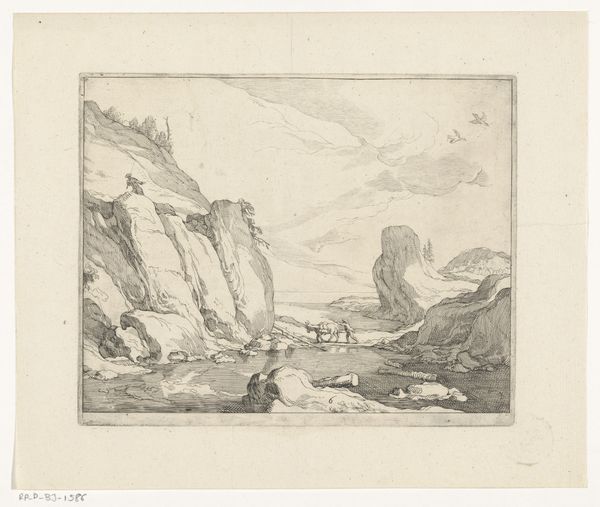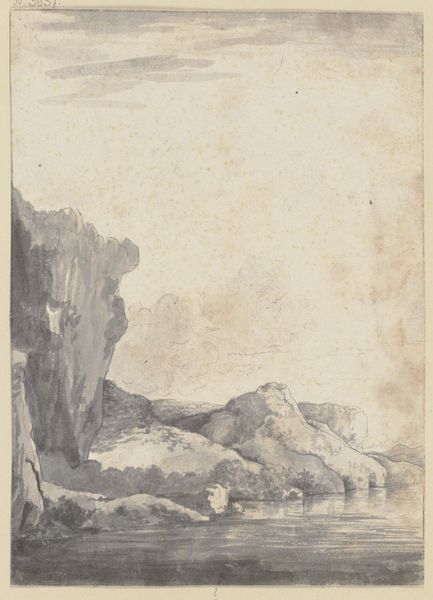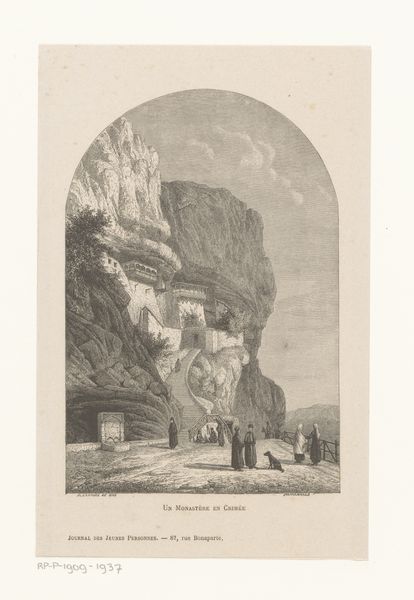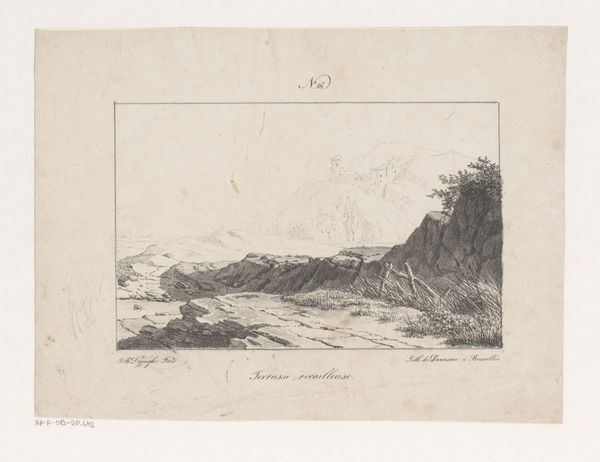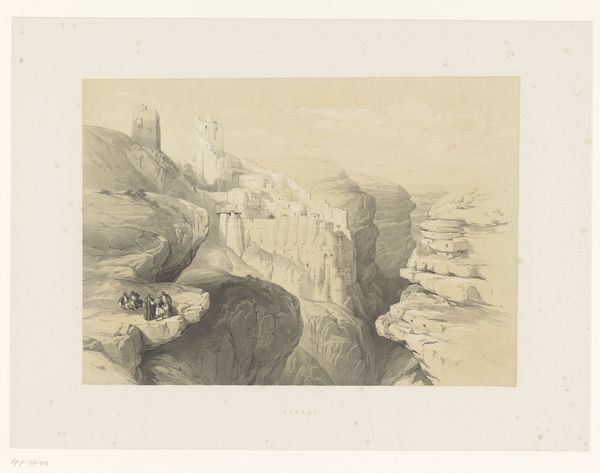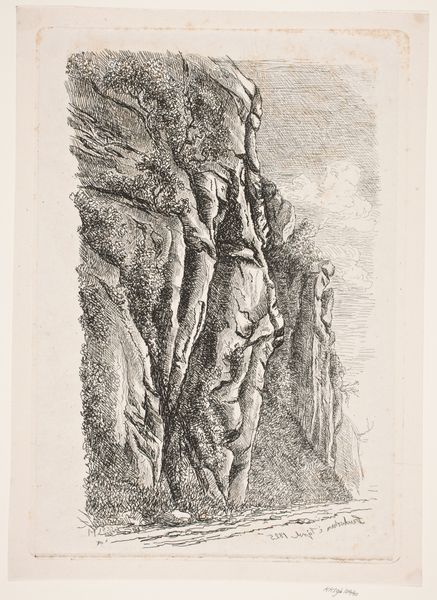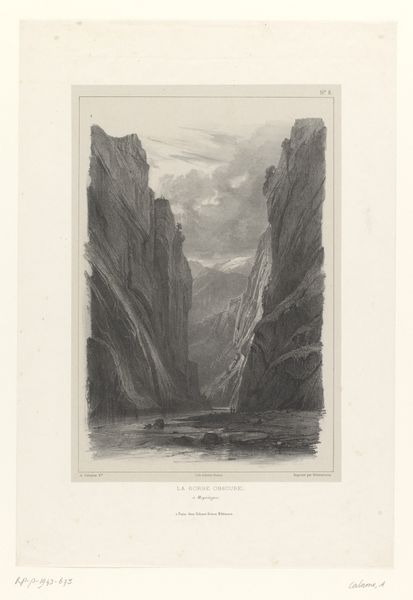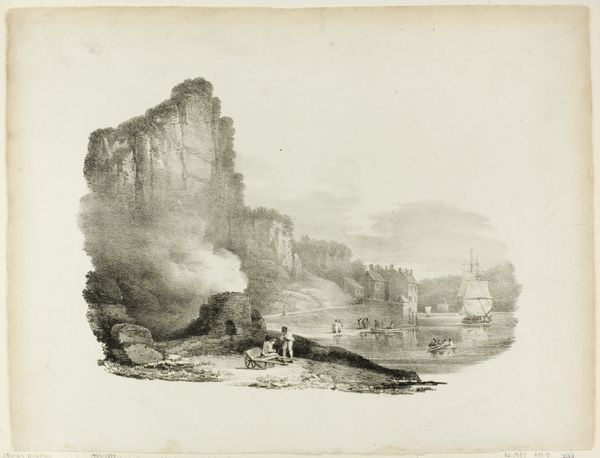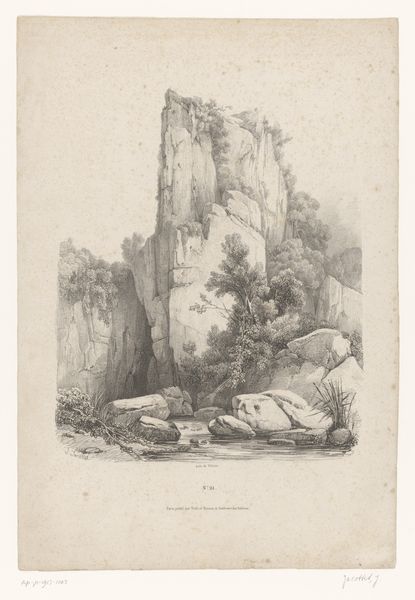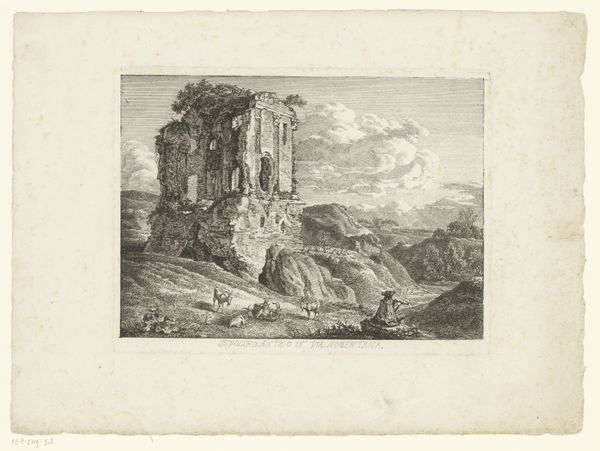
drawing, pencil
#
pencil drawn
#
drawing
#
pencil sketch
#
landscape
#
romanticism
#
pencil
Dimensions: height 295 mm, width 232 mm
Copyright: Rijks Museum: Open Domain
Jan Baptiste de Jonghe created this print of rocks along the water in the early 19th century. De Jonghe’s detailed rendering of the natural world reflects the romantic sensibilities of the time, where the landscape was less a backdrop and more a mirror of the soul. During the late 18th and early 19th centuries, as Europe underwent massive social and political upheaval, the natural landscape became a site for exploring themes of freedom and escape. Yet, who was afforded the ability to access and contemplate these landscapes? De Jonghe came from a family of painters and was a member of the artistic elite. His work, while seemingly apolitical, reinforces the idea that the experience of nature is often mediated by social position and cultural context. Consider how access to the sublime and the picturesque was, and often still is, determined by one's race, class, and gender. This image serves as a reminder to consider whose stories are told and whose are left out in our understanding of both art and the world around us.
Comments
No comments
Be the first to comment and join the conversation on the ultimate creative platform.
